There are many different types of hinges available for cabinet door mechanisms. Some electrical enclosure hinges offer a higher degree of convenience, while others offer increased security. Ultimately, the type of hinge you choose will depend on your application needs. This guide is intended to provide a comprehensive overview of the different types of cabinet hinges available, along with their key features and benefits.
1. Electrical enclosure hinges
Electrical enclosure hinges help secure the doors of enclosure cabinets or boxes. They are usually of simple design, consisting of a pair of metal flaps, mostly steel metal, connected by hinge pins. Depending on several factors such as the size and weight of the door and how often it will be used, different types of hinges may be more suitable.
Therefore, it is imperative that you select the correct type of housing hinge for your application to ensure optimum performance. Please read the available options for these products below.
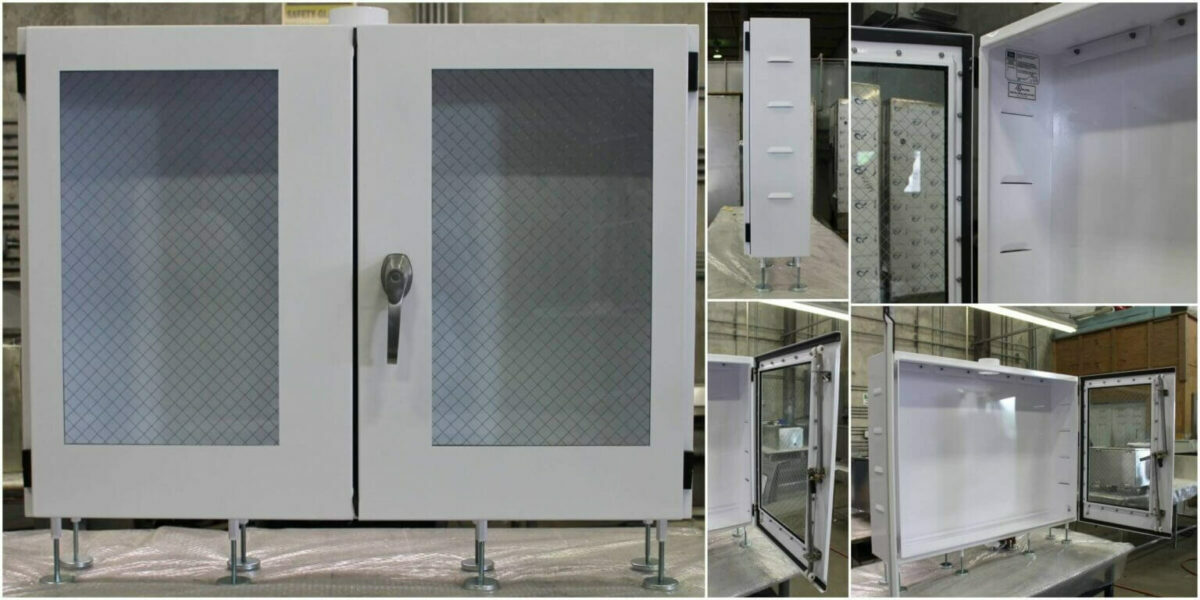
2. Types of electrical enclosure hinges
Manufacturers of electrical enclosures produce different types of hinges, each with its own set of features and benefits. Because hinged electrical enclosures vary in size, weight, and intended use, the type of hinge you choose should be based on the following factors:
- Door size: Heavier doors require stronger hinges to support the weight without sagging. Likewise, larger enclosure doors will require wider hinges for stability.
- Frequency of use: If the cabinet door will be opened and closed frequently, then you will need a hinge that can withstand frequent use without premature wear.
- Environment: Enclosures that will be used in harsh environments such as outdoors or corrosive environments require rust-resistant hinges.
There are several types of electrical enclosure hinges, including:
1) Continuous electrical enclosure hinge
As the name suggests, a continuous case hinge is a hinge that runs the entire length of the door. Continuous hinges, also known as “piano hinges,” are ideal for heavy doors because they distribute weight more evenly.
Continuous hinges are also less likely to sag over time, making them ideal for applications where cabinet doors are heavily used. They are less likely to come loose because there are more points of contact between the door and the hinges.
2) Butt electrical enclosure hinge
The most common type of hinge used in electrical enclosures is the butt hinge. They consist of two metal fins connected by small pins. The advantage of butt case hinges is that they are relatively small and unobtrusive, which can be important for aesthetic reasons.
They are also relatively easy to install. However, since they only have two points of contact, they are not as strong as other types of hinges and may not be suitable for heavy closure doors.
3) Hidden electrical enclosure hinges
The hinges of concealed electrical enclosures can be hidden from view, giving the door a cleaner appearance. For applications where aesthetics are important, concealed hinges are a good choice.
For applications that require security, they are also less likely to be tampered with. However, since they are hidden from view, they can be more difficult to install and adjust.
4) Bullet electrical housing hinge
These electrical enclosure hinges are designed for relatively lightweight doors. They usually consist of two metal barrels. The barrels are mounted on the door and the frame, respectively. A small pin connects the two barrels, allowing the door to open and close.
Bullet hinges are ideal for light-duty applications where space is limited. Although they create very little friction, they are not as durable as other types of hinges.
5) Friction electrical enclosure hinges
Friction hinges are designed to keep the door in a fixed position. This can be important for safety-sensitive applications where it is important to prevent doors from being opened accidentally. These case hinges use friction to hold the door in place, not a latch or lock. Friction hinges are available in many different styles to suit a variety of applications.
6) Mark electrical enclosure hinges
A flag hinge has two metal plates, male and female posts, and a small pin. The male plate is attached to the pin, which gives the hinge its flag-like appearance. Hinged electrical enclosures with flag hinges are ideal for applications where doors need to open 180 degrees. In addition, they are relatively easy to install and adjust.
7) Constant torque housing hinge
These are designed to provide consistent opening and closing torque regardless of door position. This is important for doors that need to be opened and closed frequently, as it helps prevent wear on the hinges. These enclosure door hinges often have built-in dampers to help control the speed of the door and prevent it from slamming shut.
8) Block housing hinges
Block hinges are designed for doors that are relatively heavy in weight. They feature two metal barrels and square blocks. The block fits into a groove in the barrel, allowing the door to swing open and shut. Electrical enclosures with hinged lids use block hinges and are ideal for heavy-duty applications where space is limited.
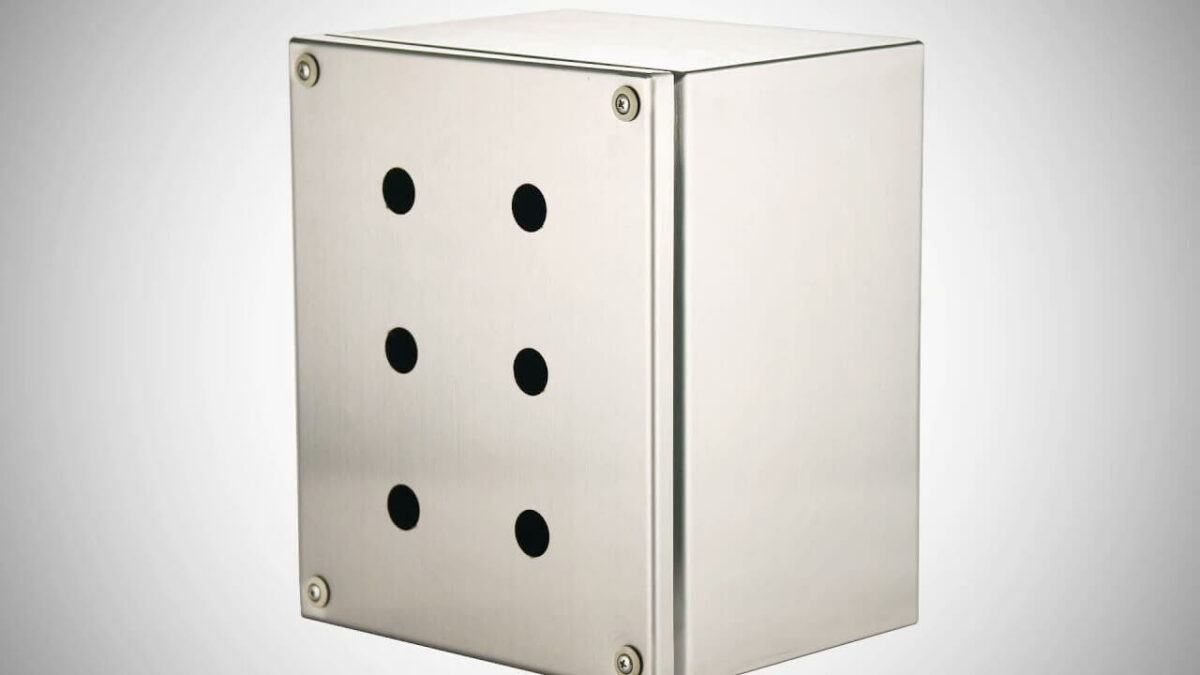
3. Electrical enclosure hinge requirements
Depending on the housing application, hinges must meet different requirements for materials and connection methods. For example, a polycarbonate case with hinges can use plastic hinges. Typically, the hinges of any hinged electrical enclosure are made from one of the following common materials:
- Stainless steel
- Brass
- Bronze
- Plastic
Stainless steel makes corrosion-resistant, durable hinges, while brass and bronze both look good. In contrast, plastic hinges come in a variety of colors and are often used for hinged plastic housings. Hinges are also attached to the enclosure door and enclosure frame using different means.
The three most common joining methods are welding, bolting, and using rivets – sometimes gluing is also used. To make them resistant to the elements, the housing metal hinges will be given a surface treatment. The most commonly used finishes on hinges are electroplating and powder coating.
4. Conclusion
Electrical enclosure hinges come in a variety of types. When choosing the right hinge for your application, it is recommended to consider the weight of the door, frequency of use, safety requirements, and aesthetics. This is because the wrong type of hinge can lead to reduced performance, increased wear, and even a safety breach.
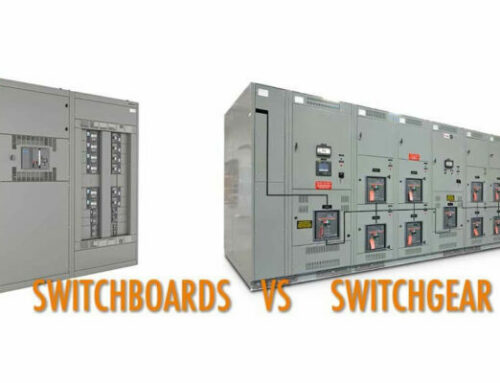
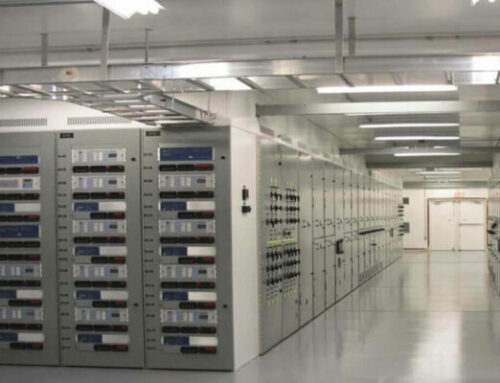
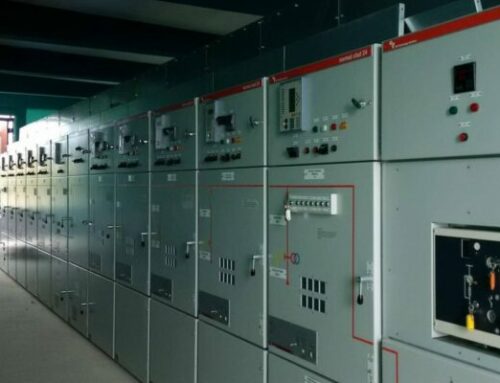
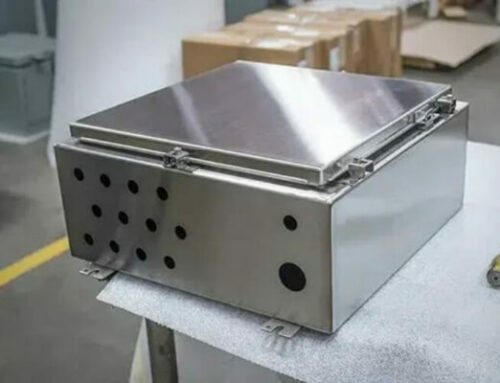
Leave A Comment